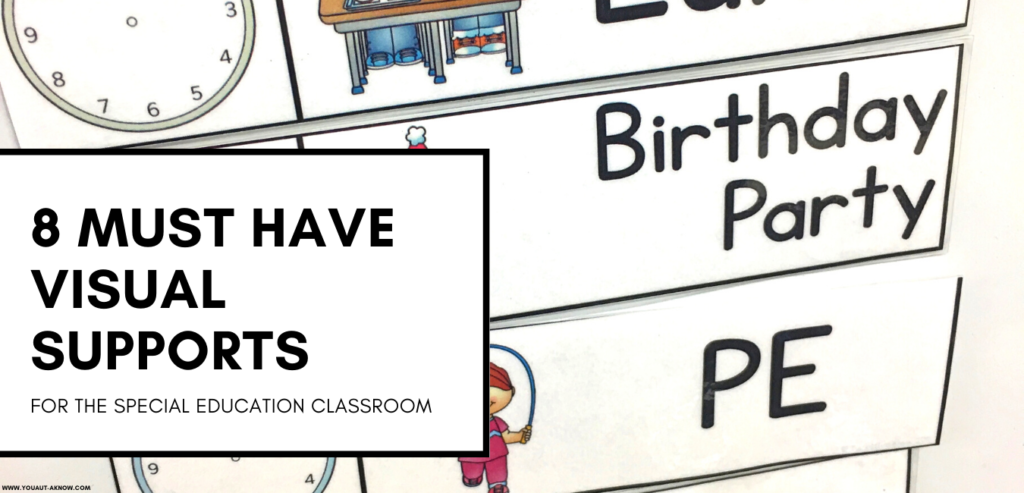
I’m sure you know how important visual supports are in the special education classroom. I’m compiling a list of my top 8 visual supports for the classroom. These are my tried and true visual supports that I use every day in my classroom. Ready to see my favorites?
1. Class Schedules
Classroom schedules are essential to student success. Having a classroom schedule posted shows students what is coming throughout the day. Classroom schedules can take on different looks in different classrooms. When you know your students needs, you can decide if they need object schedules, pictures schedules, or written schedules to reference.
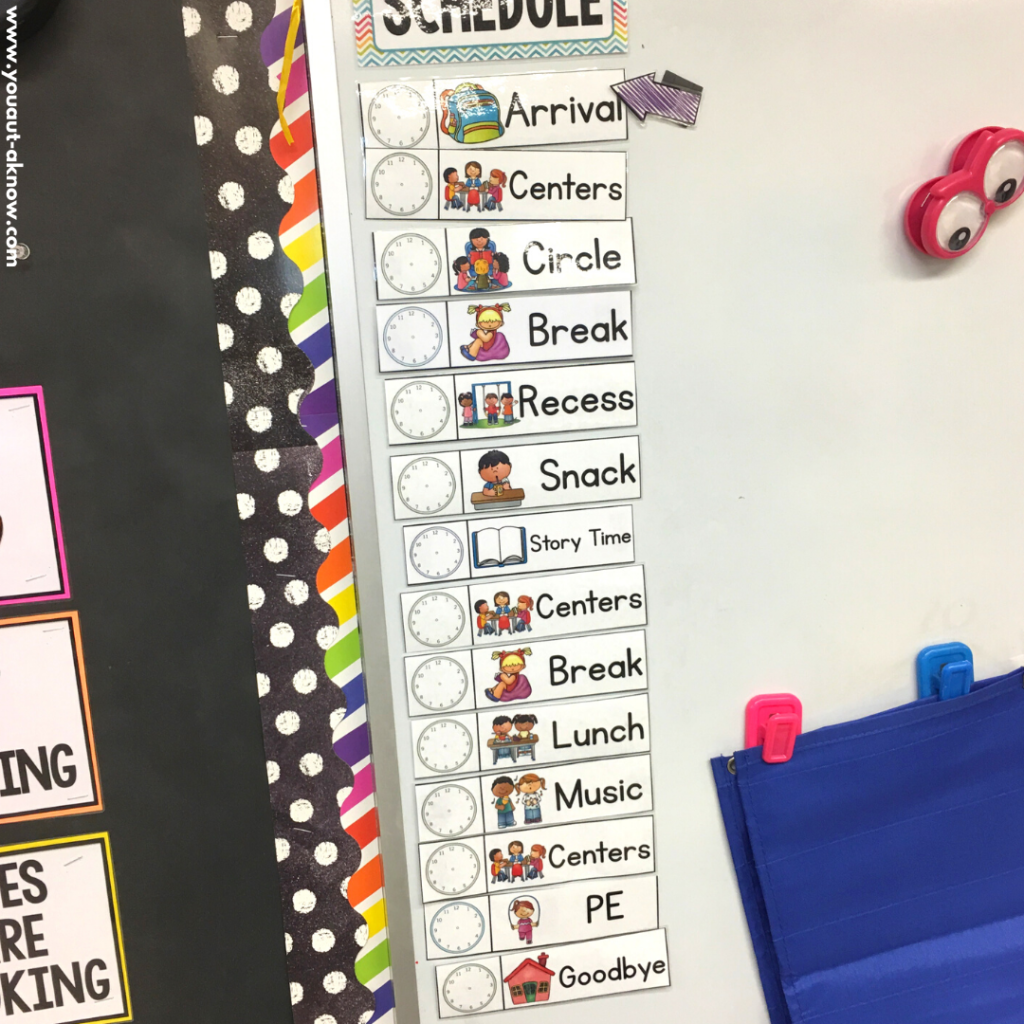
2. Individual Schedules
In addition to class schedules, some students need individual schedules in order to navigate their day. These can also take on different formats. I have used object, picture, and written schedules with students to help them work through their school day. While some students will be able to transition between activities with a class schedule, some students may need the additional support of a schedule where they can manipulate the pieces and complete tasks throughout their day.
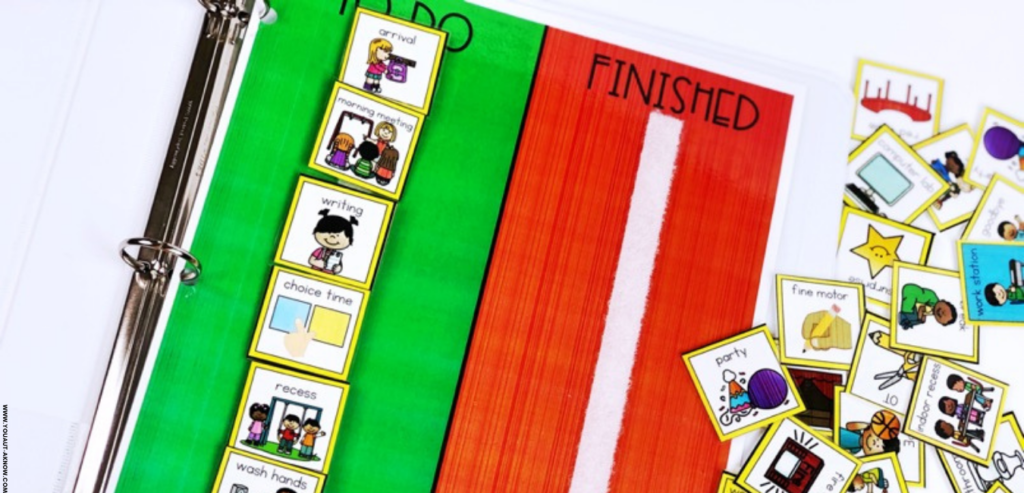
3. Mini Schedules
I have found that using mini schedules is helpful in a variety of situations. I love using mini schedules during small parts of the day (recess, reading group, etc.) so students know what to expect. It’s also a great way to set up the work period for students to know that a break or reinforcement is coming at the end.
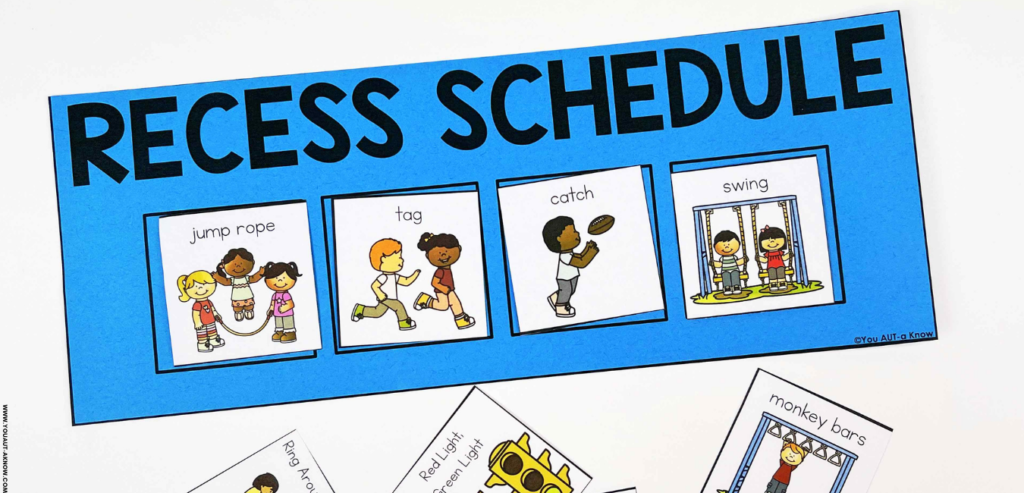
Another way I love using mini schedules is for center time in the classroom. This is a great way to help students transition from using an individual schedule to a class schedule. Having a mini schedule for centers allows them to rotate through activities while using the classroom schedule for longer parts of their day. I use center sticks to help students move through their center time in the classroom.
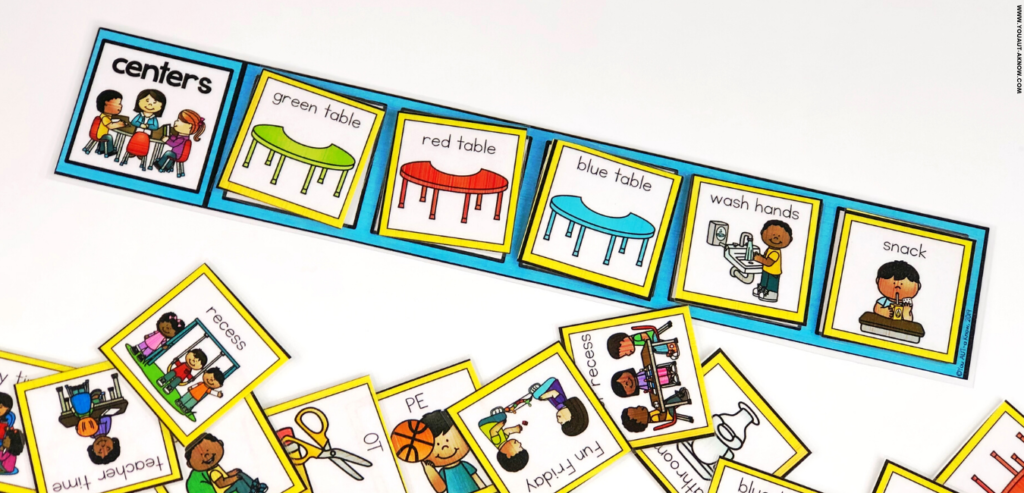
4. Visual Rules & Prompts
Visual rules and prompts are really a life saver in the classroom. I review the rules and expectations during the first weeks of school and post them for all to see (I love this free set from Melissa at Autism Adventures). Once rules are reviewed and referenced, I make sure that all staff in the classroom has a portable version so they can help prompt and support students in the classroom.
Another thing I did to make my classroom rules prompts is add magnets to the back before placing them on our whiteboard. This allows me to pull them down and reference the rules during whole group instruction.
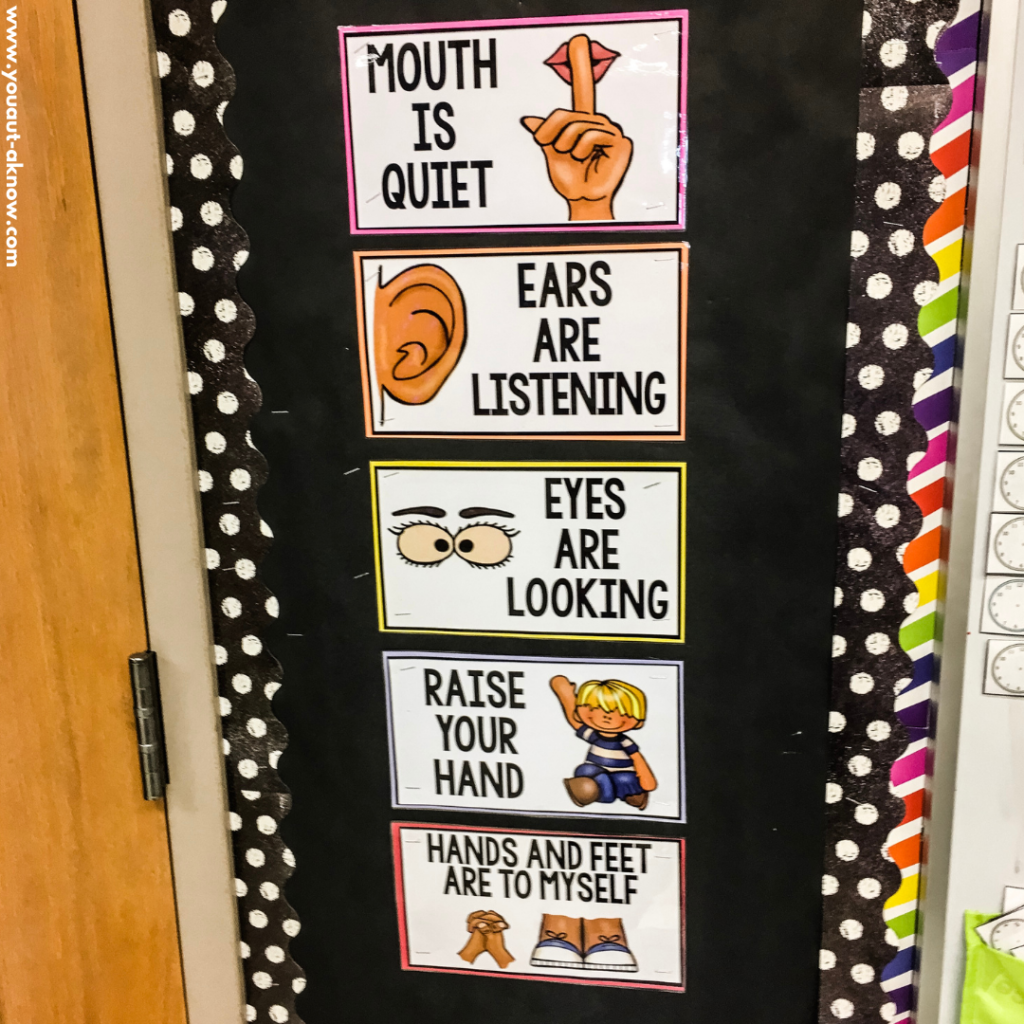
5. First/Then Boards
First/then boards are a great visual for helping remind students of what is coming throughout their day. I use this tool often. Even if I’m not using a first/then board, I try to use first/then language with students so they know what is coming next. Heck, I even use it with myself when completing tasks! These are great tools to help keep students engaged in tasks.
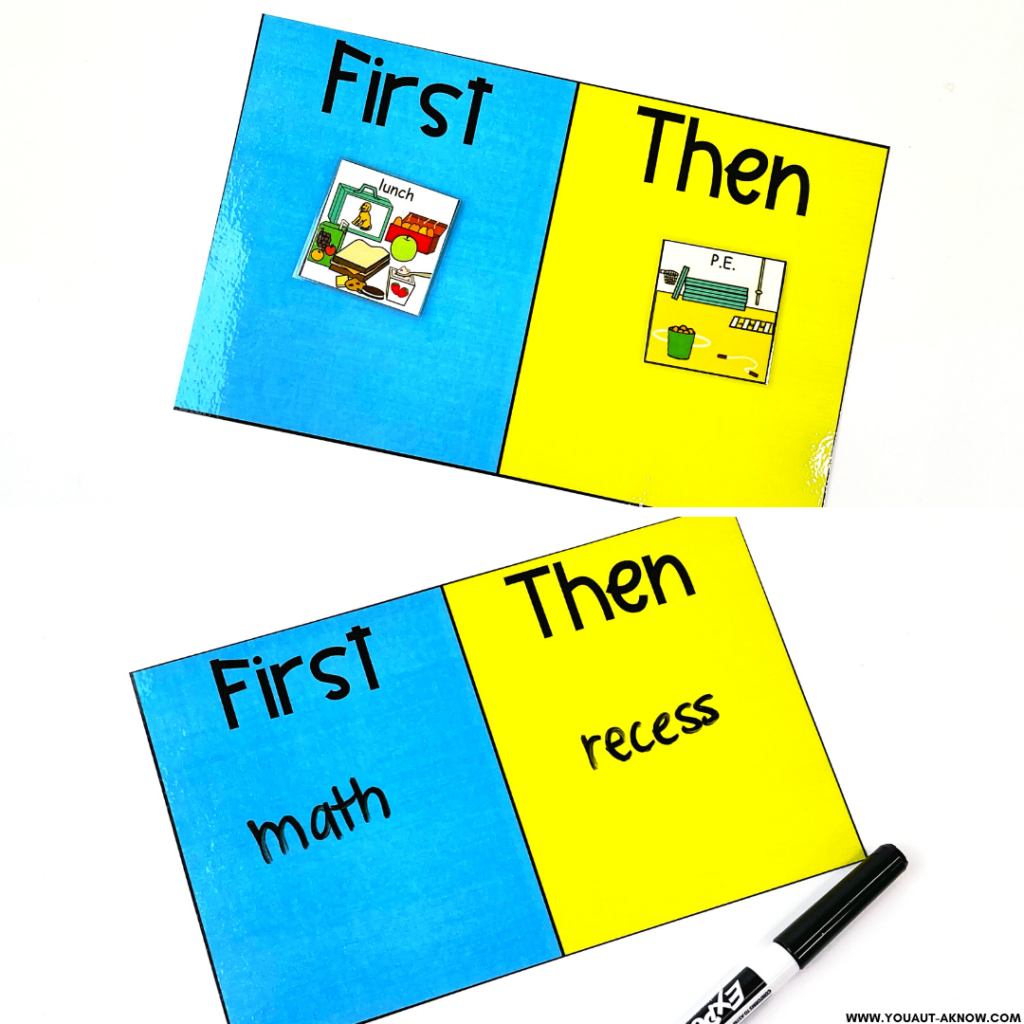
I like to laminate my first/then boards and either add icons or write on them with a dry erase marker. Writing on them is so convenient and great for my students who are able to read.
6. Token Boards
Token boards are an extension of first/then boards and help our students learn to delay their time between task and reinforcement. Once my students can consistently use a first/then board, I’ll often move to a token board. This provides the visual support students need to see how close they’re coming to a reward or a preferred activity.
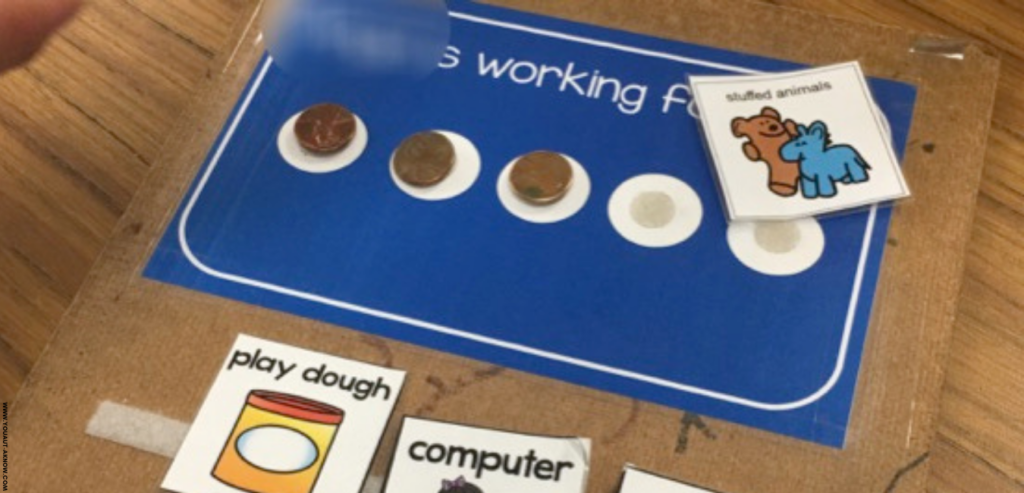
7. Communication Visuals
Communication visuals are key for a lot of students. Whether they’re using a picture exchange system, a speech generating device, or verbal speech, I have found that having communication visuals on hand is a great way to help students begin to expand their utterances.
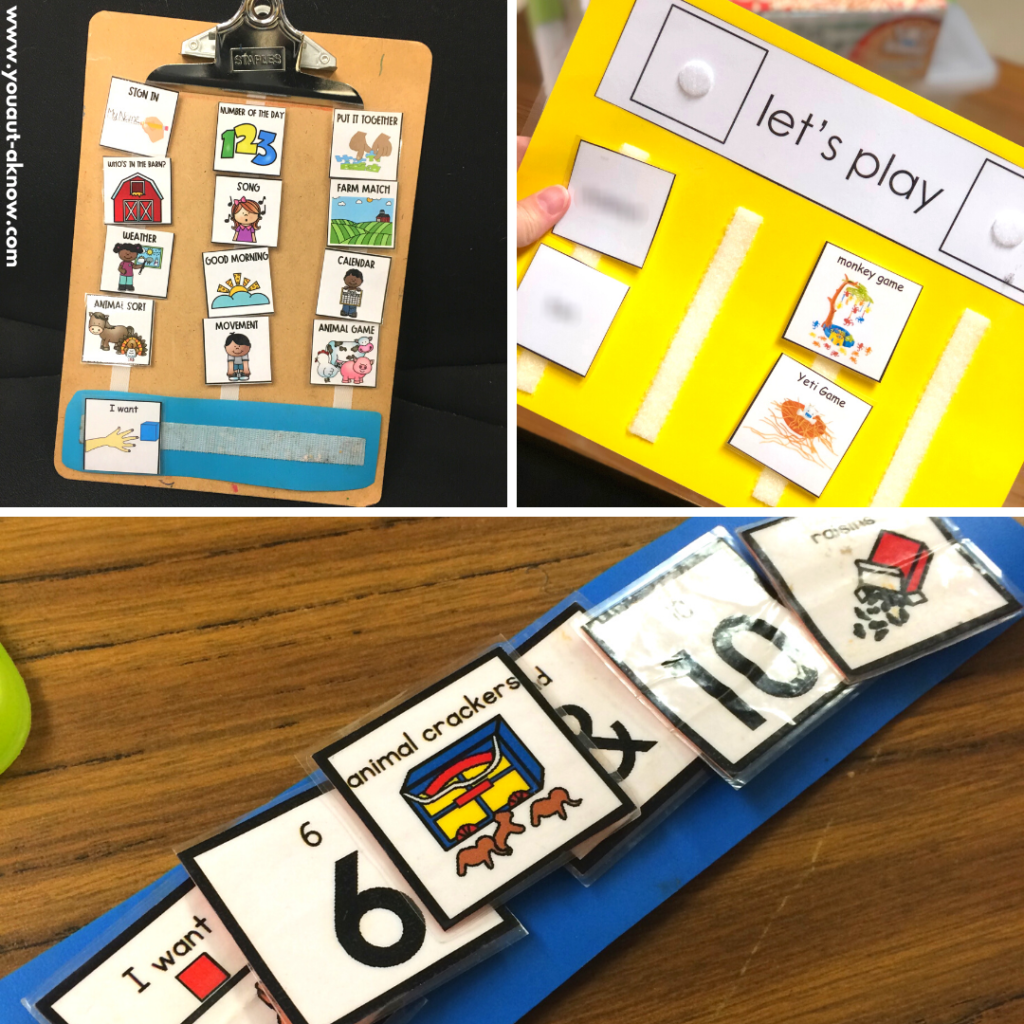
As you can see, communication visuals do not have to be a PECS book. I had simple communication visuals in different parts of my classroom to help students with specific skills. This circle time communication board is for requesting activities during circle time. The social skills communication board is used for students to ask peers to play with them during free time activities.
8. Graphic Organizers for Behavior
Graphic organizer for behavior are a tool that I have been using a lot lately. These are a great way for students to think about behavior (outside of the interfering behavior of course) and come up with positive replacements. I have used these for a variety of skills, but we’ve been using the situation menu a lot in my classroom lately.
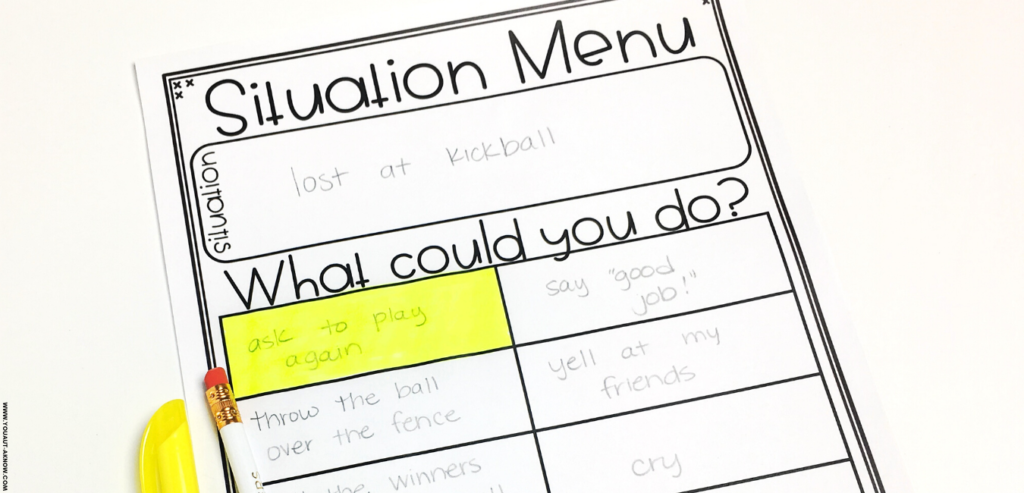
These are 8 of my must have visual supports for the special education classroom. What supports are you using? Did I forget an important one? Drop those ideas in the comments and let me know. I look forward to hearing from you!





